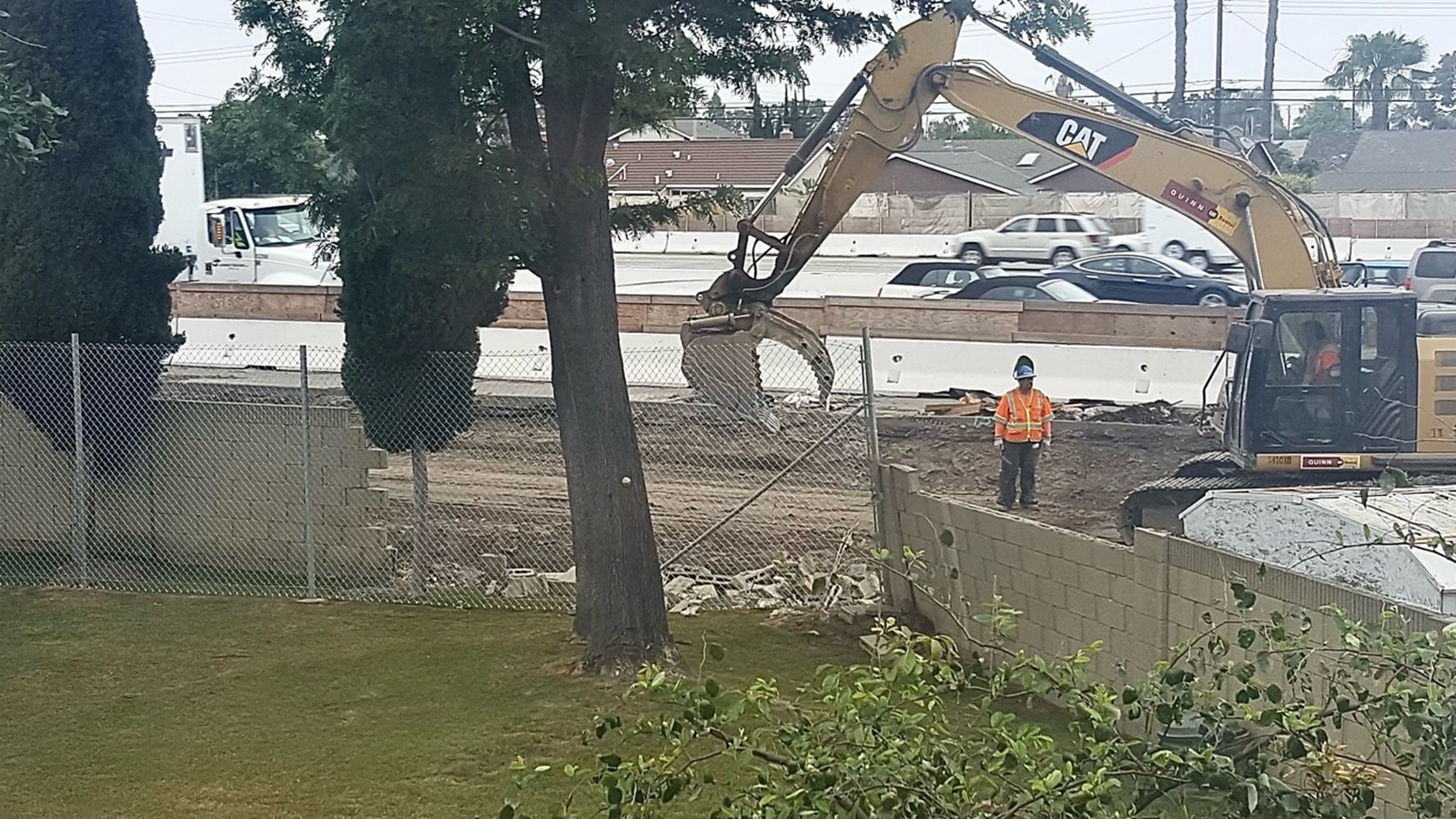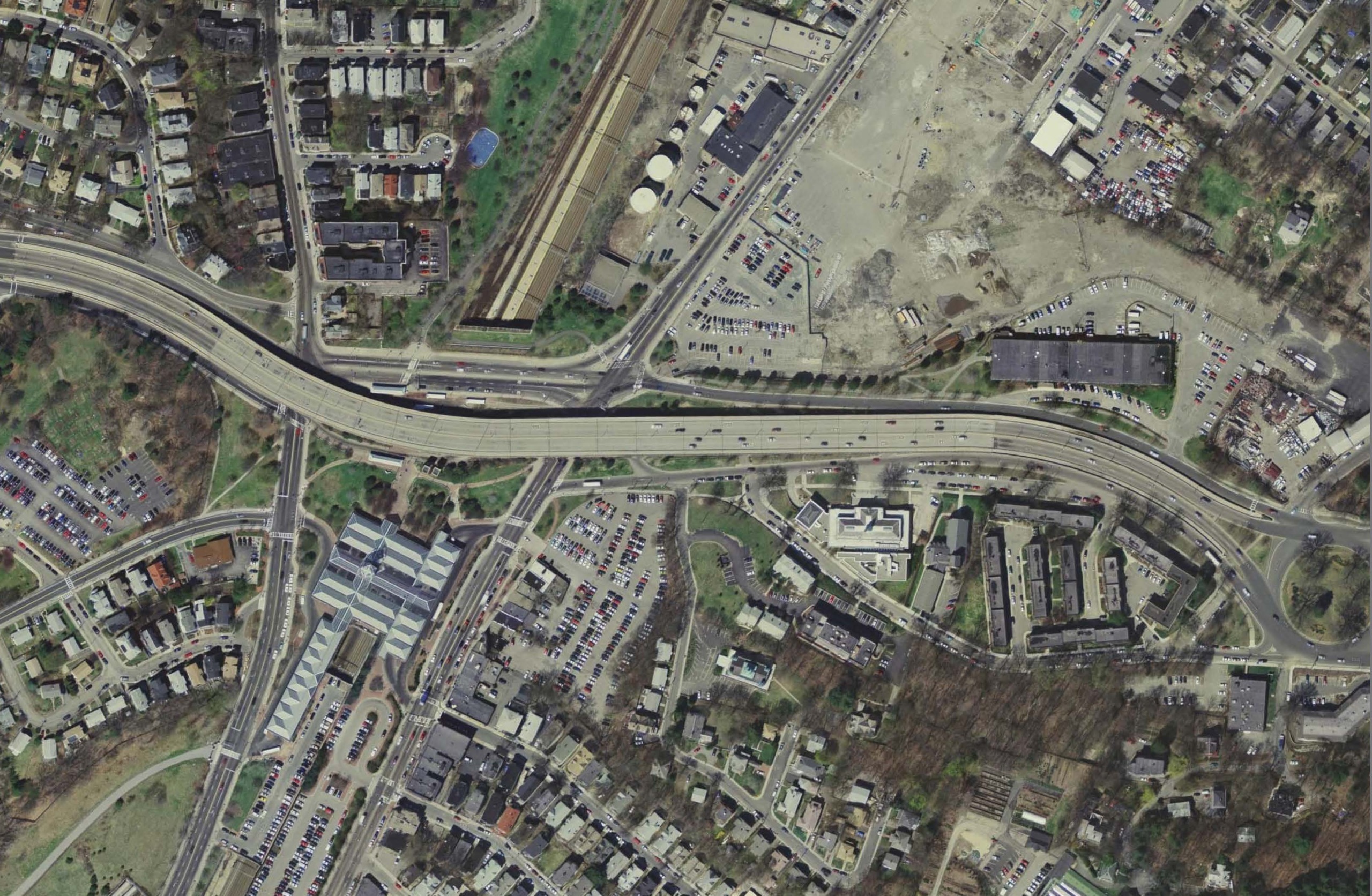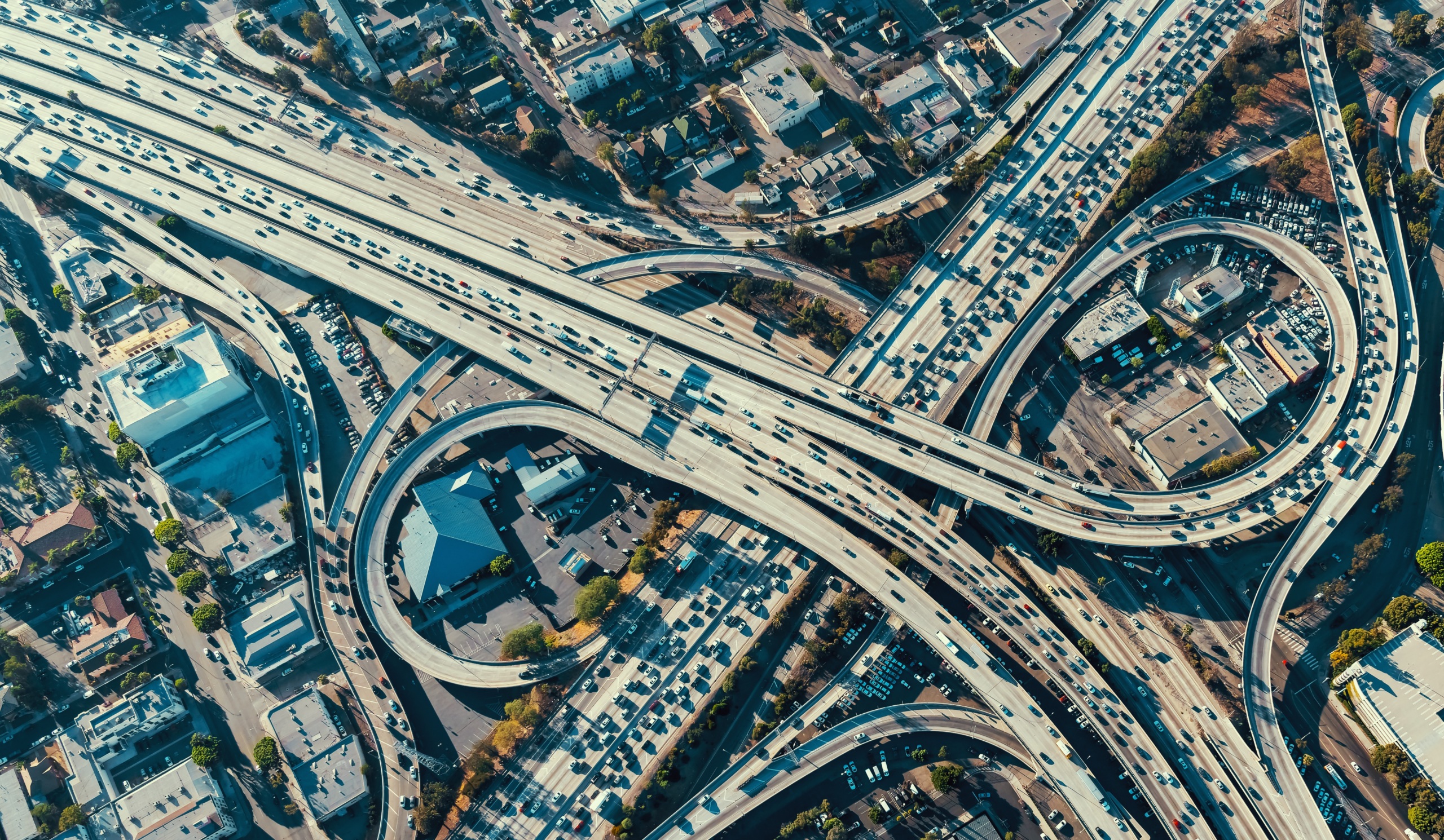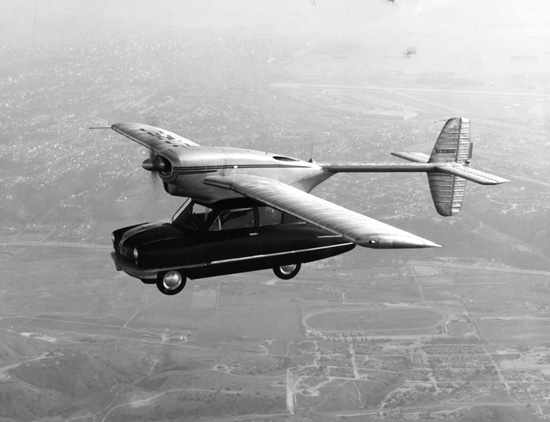
Escaping the “Transit Sandbox”
The technical challenge of making transit work better – while essential – pales in significance to the adaptive challenge of building cities and a transportation policy system in which transit can work better.
The debate over whether rail transit has a place outside of America’s transit “legacy cities” – which Aaron Renn engages in a white paper for the Manhattan Institute – is an old one, dating back decades. All of the arguments that can be made on either side have been made before, and will undoubtedly be made again by people smarter than me.
The question I want to engage with is why we are bothering to have this particular debate at all.
The “bus vs. rail” and “expand vs. repair” debates are two of the most well-worn toys in what I’ll call the “transit sandbox.” The transit sandbox is a small, rather forlorn-looking place in the corner of the great transportation, urban and climate policy playground. There are a few unwritten rules that one generally must accept to play there:
- There is a pool of money called “transit money” that is fixed and cannot be meaningfully expanded, regardless of public opinion. All debates about how to allocate “transit money” are a zero-sum game: it’s either bus or rail, either repair or expand.
- The form of the cities in which transit is implemented is fixed and cannot be meaningfully changed over any time span that matters. A “car city” can never become a “rail city” – even in part. Even in places with high demand for close-in housing and aspiration for more urban land uses, something – maybe NIMBY opposition to new urban development or Americans’ universal and unquenchable thirst for giant lawns – will ultimately result in more of the same.
- The most important decisions that affect the success or failure of transit happen within the transit sandbox. The explanation for why transit struggles to meet our (often unreasonable, given our historical investment patterns) expectations cannot be that transit competes against subsidized highways, parking, fossil fuels and sprawl, or that we assign to transit agencies the responsibility and cost of compensating for many of the automobile’s failings; but rather that transit itself is imperfect. Because the world outside the transit sandbox is unchangeable, the solution is to accept reality and either do transit differently, less ambitiously, or not at all.
On a very narrow and substantive level, Renn’s critique is worth engaging and has been engaged by many transit advocates in a thoughtful way. There are legitimate questions to be asked about whether the model of rail transit expansion that dominated our thinking in the 1980s and 1990s – based largely around assumed suburb-to-central city commuter flows and motivated by the desire to reduce, or provide an alternative to, traffic congestion – was the right one. There is ample room for reform of our transit agencies, and many voices that are bringing fresh ideas about how to make transit work better. I don’t want to minimize or diminish any of that fine work.
But we also need to acknowledge that the technical challenge of making transit work better – while essential – pales in significance to the adaptive challenge of building cities and a transportation policy system in which transit can work better. At the grand scale (which, if you are like me and obsess about climate change, is the only relevant scale worth talking about right now), the success of transit in, say, Houston, may be determined less by whether it is provided by rail or bus than by the future level of subsidy for automobile use or the amount that the Texas DOT is willing to spend on whatever monstrous exurban highway boondoggle it will dream up next.
Unlike highway expansion projects, the vast majority of rail projects require local political consensus (including, often, a public vote) and ample local “skin in the game” (from 2004-2012, the average federal funding share for transit New Starts projects was 45 percent, compared with 80 percent for highway projects eligible for federal funding). If, under those conditions, cities opt to move ahead with rail transit, second-guessing them seems less of a profitable use of our time than asking why the highway projects that pull cities in the opposite direction – and undercut the value of the transit investments we do make – do not have to meet the same standards of scrutiny and public approval.
So, yes, by all means, let’s find ways to make transit work better and debate which modes can move the most people at the lowest cost while supporting our aspirations to build healthy, dynamic and economically prosperous cities. But let’s not lose the forest for the trees. Otherwise, transit supporters and urbanists are likely to continue to play within the same sandbox for years to come, unperturbed by and not bothering anyone else, while missing out on opportunities to promote the changes that really matter for our cities, our health and our world.
Topics
Authors
Tony Dutzik
Associate Director and Senior Policy Analyst, Frontier Group
Tony Dutzik is associate director and senior policy analyst with Frontier Group. His research and ideas on climate, energy and transportation policy have helped shape public policy debates across the U.S., and have earned coverage in media outlets from the New York Times to National Public Radio. A former journalist, Tony lives and works in Boston.
Find Out More

Wider highways don’t solve congestion. So why are we still knocking down homes to build them?

Four ways to look at a project (or policy, or almost anything)

America needs a “roads review”

